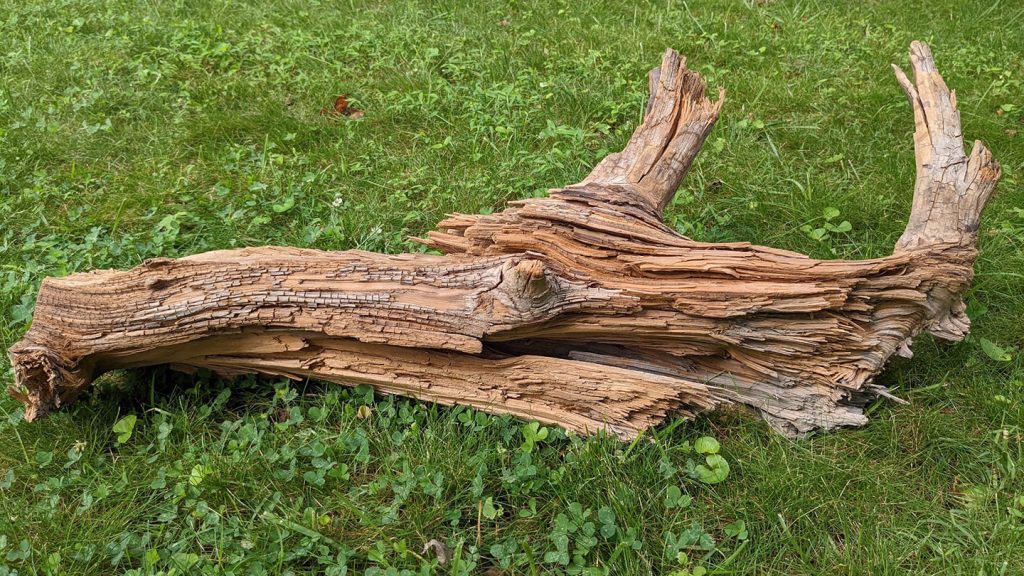In 2013, Ning Zeng and his colleagues stumbled upon an ancient log while digging a trench in Quebec, Canada. The log turned out to be older than anything they could produce in their experiment, showcasing that burying wood could be an effective way to store carbon and combat climate change. The log was estimated to be around 3,775 years old and had retained at least 95 percent of the carbon it had sequestered over the millennia.
This discovery sparked interest in the concept of burying biomass as a climate solution. While scientists and entrepreneurs have long considered this idea, the ancient log provided concrete evidence that it could work. The study, published in Science on September 24, highlights the potential of burying wood as a low-cost and durable solution to storing carbon. This finding is crucial in the face of the urgent need for innovative climate solutions to meet global targets.
According to the Intergovernmental Panel on Climate Change, traditional emissions reduction strategies may not be sufficient to meet climate goals. The study suggests that capturing and storing around 10 gigatons of carbon annually by 2060 is necessary. Burying wood could help prevent the decomposition of carbon stored in plants, which is currently released back into the atmosphere. Finding conditions that prevent decomposition for an extended period could make a significant impact in achieving these storage goals.
The impermeable clay soil that surrounded the ancient log in Canada likely helped preserve the carbon within the wood by preventing oxygen from reaching it, even at shallower depths. This type of soil is common and accessible, making the process of burying wood relatively simple and cost-effective. The estimated cost of burying wood to sequester carbon is significantly lower than other technologies, making it a practical and viable solution to combat climate change.
While Zeng’s team initially planned to experiment with burying wood, the prehistoric log they unearthed serves as a testament to the potential success of wood vaulting. The evidence from the ancient log showcases that the concept is ready for implementation on a larger scale. Replicating the conditions that preserved the log could lead to the sequestration of up to 10 gigatons of carbon annually through buried biomass from discarded wood and sustainable harvesting, providing a promising avenue for climate action.


